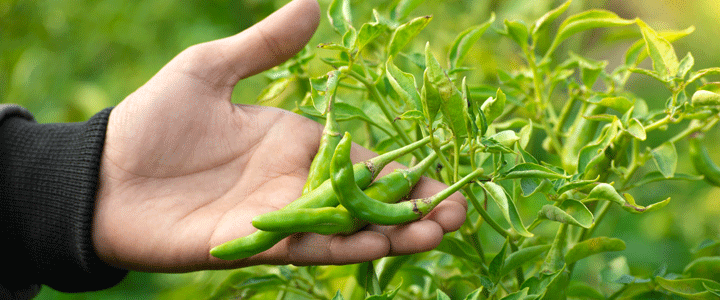Star performers
Based on my experience this Chilli growing season, I believe I have found some of the best Chillies to grow in the UK. I say this because as at this point in the season, I have some seedlings that are doing exceptionally well. Even though they were planted at roughly the same time as the other varieties, they are just streets ahead.
These Chillies – my Cherry Chilli and a Rocoto – are so far ahead of the others; they are already in one-litre pots. My other top performers – another Cherry Chilli, three other Rocotos and three Madame Jeanettes , are still in two and three-inch pots. I expect to pot these seedlings on in the not-too-distant future.
My mega star performers, the Cherry Chilli and the tallest Rocoto, have already been potted on twice. Firstly, they were potted on into three-inch containers, after reaching two inches in height. Once they were three inches tall, they were transplanted into one-litre pots. They will now remain in these pots until they get hardened off. After that, they will be replotted into their final containers, where they will spend the rest of the season
Once seedlings are potted into one-litre pots, I start feeding them with a fertiliser higher in nitrogen. Before being potted- on into these larger containers, they would have been fed with Chilli Focus at a dilution of 2.5ml per litre of water. This is all the fertiliser they would have needed, as up to then, they would have absorbed nutrition from the potting soil in their containers.
However, now that these plants are in one-litre pots, it is essential that they get more fertilisation. So I feed them with a liquid fertiliser with an NPK of 7: 1.3: 4.2. It is a fertiliser with a high nitrogen content. I specifically use it to develop these plants’ foliage and general health until they get hardened off. After that, fertilisation will be changed again to achieve other objectives, like improved flower setting and fruiting.


 Planning the season
Planning the season challenging
challenging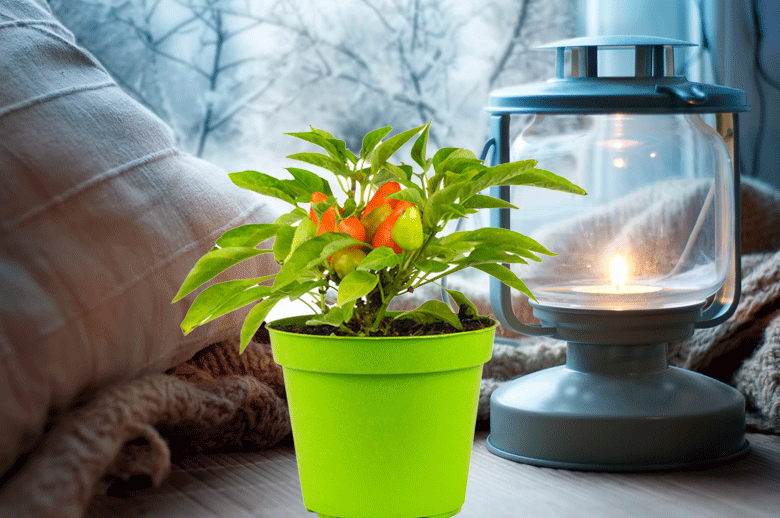
 are in their second overwintering. I overwintered them for the first time last year. The remaining plants are four
are in their second overwintering. I overwintered them for the first time last year. The remaining plants are four 
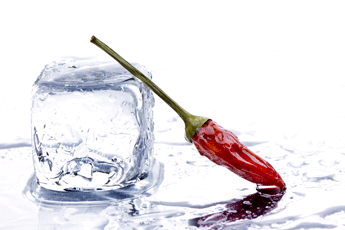 the fridge is to trick them into
the fridge is to trick them into 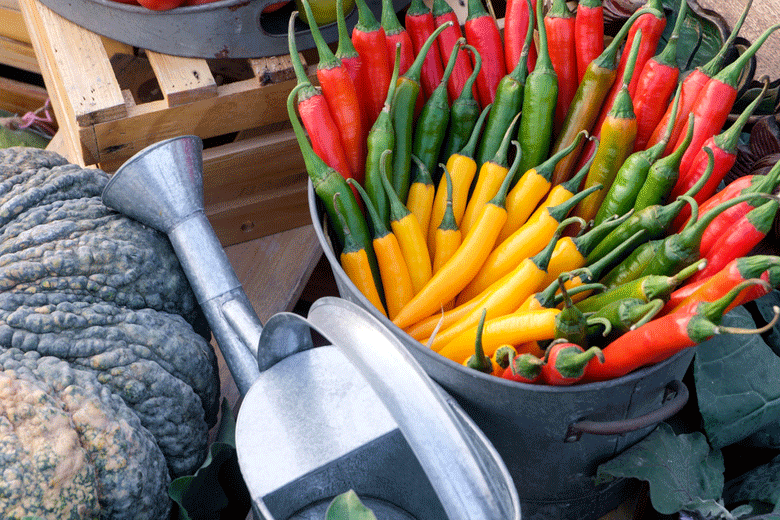
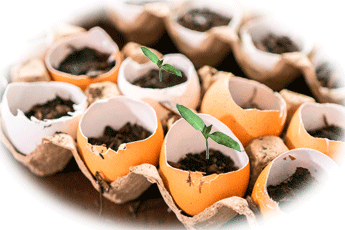
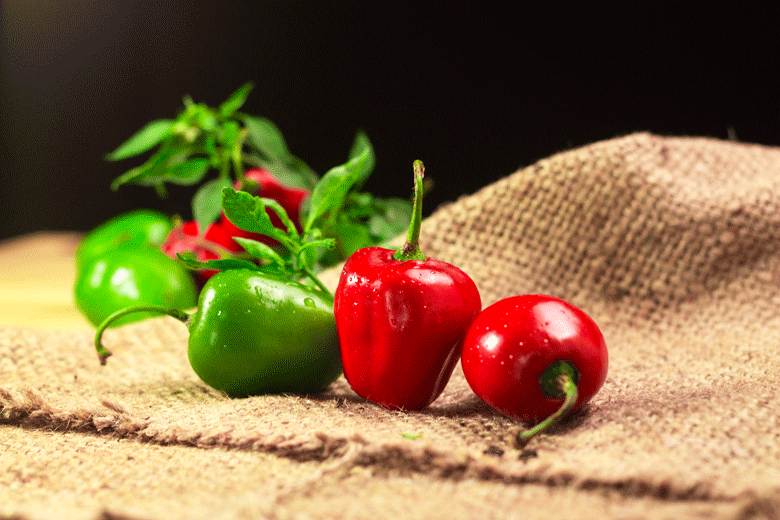
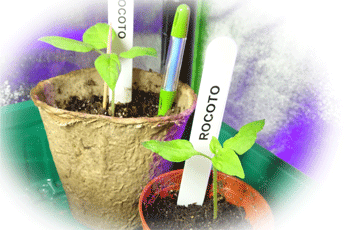 Each of my larger Roccoto plants has one. When the indictor starts changing from blue to white, I know the time has come to give them water.
Each of my larger Roccoto plants has one. When the indictor starts changing from blue to white, I know the time has come to give them water. Getting to know the Rocoto Chilli
Getting to know the Rocoto Chilli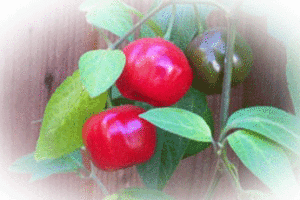 As part a of this I will be learning as much about Rocotos as possible. I want to explore where they are from, what’s the best way of
As part a of this I will be learning as much about Rocotos as possible. I want to explore where they are from, what’s the best way of  Another one bites the dust
Another one bites the dust
